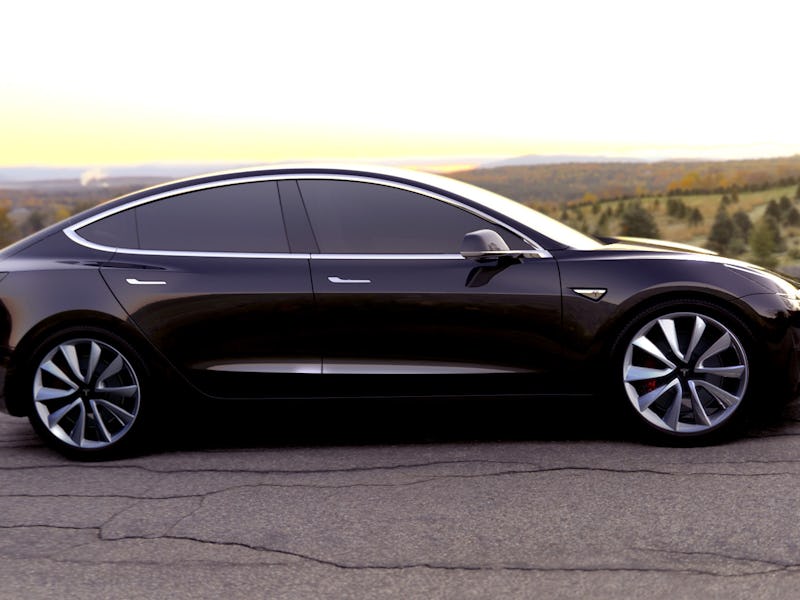Sure, charging a Tesla is cheaper than filling the gas tank of a BMW but, those savings can vary depending on where you live. Jim Gorzelany in Forbes writes: “Just as the price of gasoline varies from one part of the country to another, so too does the cost of running an electric vehicle.”
It turns out that Crescent Electric recently conducted a study of electricity costs in the 52 largest cities in the United States. So where is it least expensive to drive an electric car based on the typical daily commute? According to the study, here are the top five cheapest cities to drive an EV:
- New Orleans, LA: $54.03/year
- Salt Lake City, UT: $59.47/year
- Louisville, KY: $60.70/year
- Seattle, WA: $61.50/year
- Cincinnati, OH: $64.00/year
Gorzelany notes that these estimates are “limited to an average resident’s daily commute, which can vary by city. According to the U.S. Department of Transportation, it’s a national average 15 miles each way. Those estimates don’t include weekend driving, running after-work errands, and such, so the aggregate savings of owning an EV can be greater depending how much it’s driven”
These finders were also heavily driven by the fact that Louisiana, Utah, Kentucky, and Washington have some of the cheapest electricity rates in the country, according to Choose Energy.
The cheapest 10 states to live in based on residential electricity rates, measured as cents per Kilowatt hour in the right column.
In contrast, paying a hefty price for fossil fuels at the Shell station can hurt compared to an inexpensive infusion of electrons at the EV charger. Many Tesla owners actually get free lifetime supercharging. And this trend holds true with other EVs versus gas guzzlers.
See also: Elon Musk Reveals When Tesla Autopilot’s Big 9.0 Update Will Reach Cars
Gorzelany compared an all-electric Chevy Bolt with an all-gas Toyota Corolla using the EPA’s fuel cost calculator. Sure enough, the Bolt was estimated to save about $4,000 over a five-year ownership period when compared to the Corolla.
Driving an electric car through the French Quarter might not be a bad way to spend an afternoon, and a new study shows the city is the cheapest for such a lifestyle.
And, it’s not just gas costs that can save you cash as an electric vehicle owner. Gorzelany writes, “Electric cars can further save an owner money with lower maintenance costs. Driving an electric car means being able to avoid oil changes, cooling system flushes, transmission servicing and replacing the air filter, spark plugs, and drive belts. Regular service visits are typically limited to rotating the tires and checking brake pads and other components.”
And then there’s the “$7,500 federal tax credit [which] remains in place to help sweeten the deal for EV buyers… However, because these credits are limited to a set number of units sold per automaker, they’ll begin phasing out this year” for models sold by Chevrolet and Tesla.
Regardless, if you do get an electric car, you probably won’t miss that ATM-like feeling at the gas pump. After all, that regular trip to the gas station allows oil companies to drain your bank account every week. Save that money by driving electric instead. Your wallet will thank you.
Article originally published on evannex.com by Matt Pressman. EVANNEX offers aftermarket accessories, parts, and gear for Tesla owners. The Florida-based company also maintains a daily blog on the latest Tesla news.
